Massive megaprojects hiding in plain sight
The almost-invisible megaprojects that have changed our world
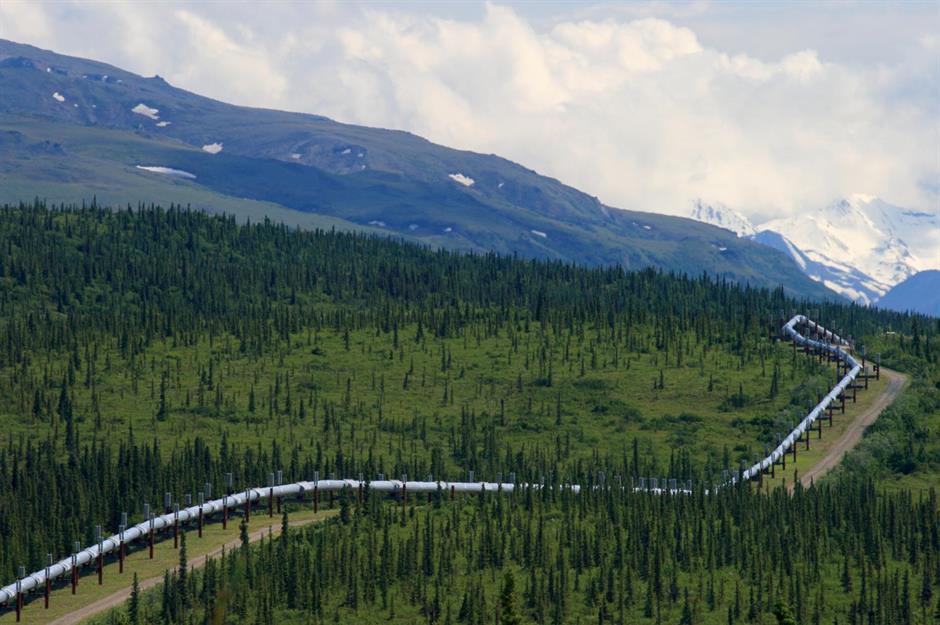
Megaprojects aren't always an eyesore – in fact, some are practically invisible. Whether they're located in the middle of the ocean, underground or in outer space, these huge construction projects might be hidden from view but that doesn't stop them costing eye-watering sums of money or taking decades to complete. Click or scroll through to find out about the labyrinthine underground tunnels and remote megaprojects that are hiding in plain sight.
Lærdal Tunnel, Norway: $181 million (£148m)

The world’s longest road tunnel at 15.2 miles (24.5km), Lærdal Tunnel in Norway connects Aurland and Lærdal, creating a ferry-free route between the cities of Oslo and Bergen. While it may not look like much from the outside, once inside travellers can feast their eyes on colourful lighting at 3.7-mile (6km) intervals, which showcases the natural geology of the mountain. The megaproject took five years to build, between 1995 and 2000, at a cost of 1 billion Norwegian Krone, equivalent to 1.6 billion Norwegian Krone ($181m/£148m) in today’s money.
Amundsen-Scott Research Station, Antarctica: $321 million (£263m)
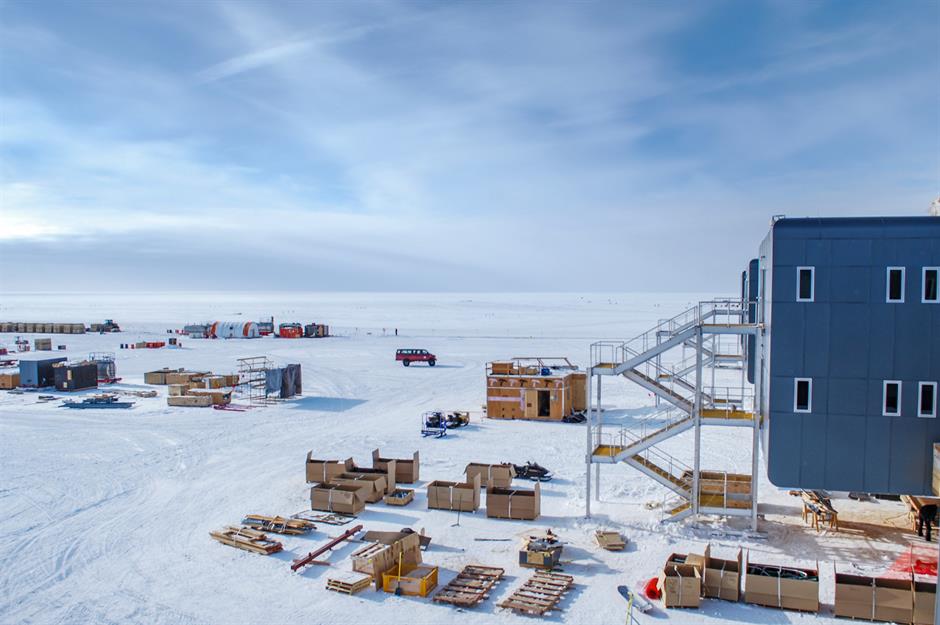
You can’t get much more remote than Antartica. In 1992, designs for a revamp to the historic Amundsen-Scott Research Station in the South Pole were approved, resulting in a $174 million construction project taking place from 1997. In today's money construction costs are the equivalent of $321 million (£263m). The build saw the research station transform into a two-storey, 70,000sqf (6,500sqm) building, with improved measures to prevent the station from becoming buried in snow. The new connected facility was dedicated in 2008, just over 50 years after researchers first spent the winter at the South Pole in 1957.
Read more about the battle for Antarctica here
Walney Offshore Wind Farm Extension, UK: $1.2 billion (£1bn)
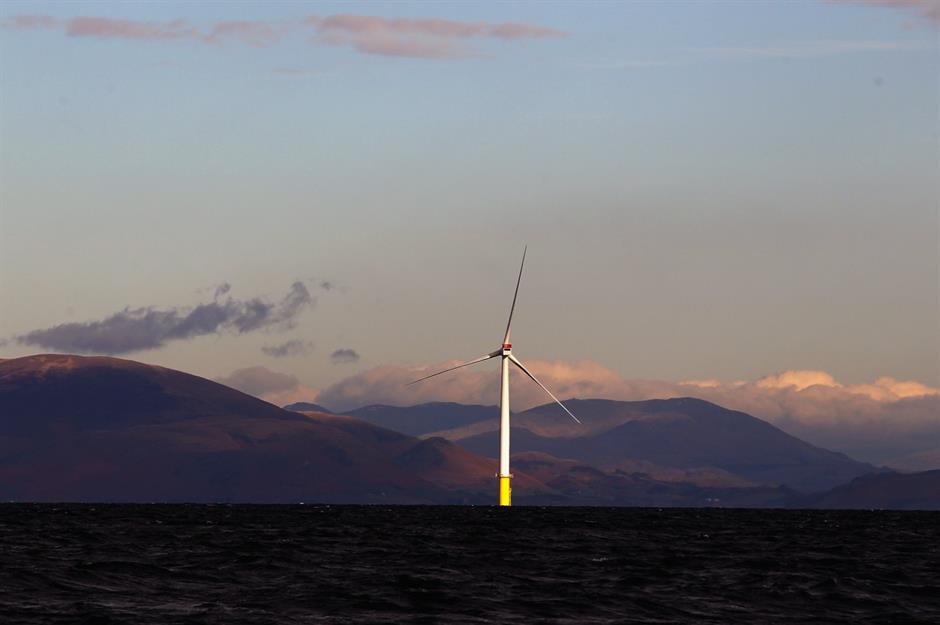
The world’s largest offshore wind farm for two years – until overtaken by its sister installation Hornsea One windfarm in 2020 – this $1.2 billion (£1bn) megaproject is located in the Irish sea, 12 miles (19km) off the coast of Walney Island, Barrow-in-Furness. Barely in view from the shore, on a cloudy day this megaproject goes under the radar. Comprising 87 turbines that stand either 617 or 650ft (188 or 195m) above sea level, the Walney Extension produces enough energy to supply 600,000 homes. Run by Danish power company Ørsted, the project sits next to the existing Walney and West of Duddon Sands Offshore Wind Farms.
Hallandsås Rail Tunnel, Sweden: $1.37 billion (£1.12bn)
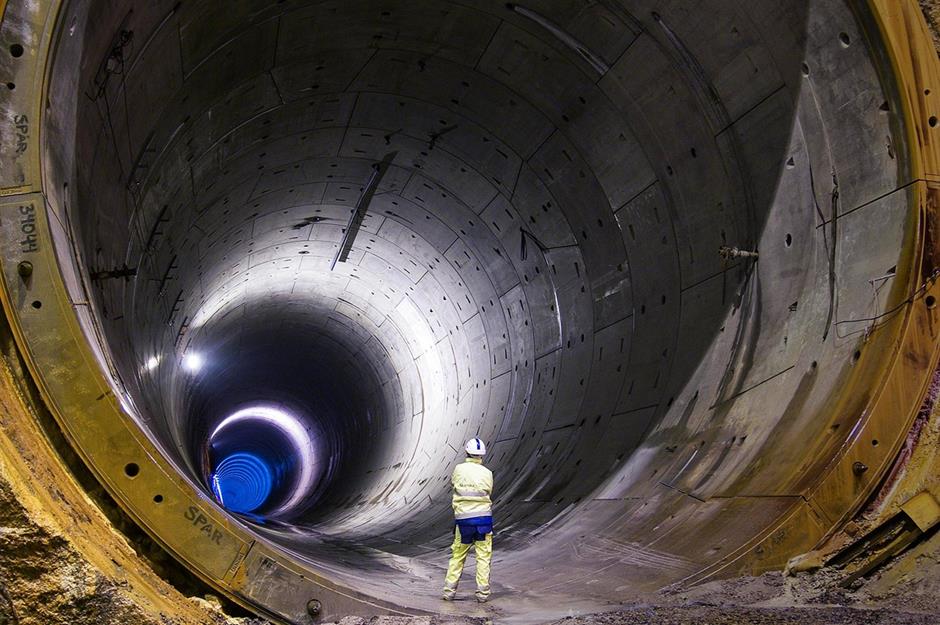
Running through Hallandsås Ridge, a rock formation in southwest Sweden, the Hallandsås Rail Tunnel measures 5.4 miles (8.7km) in length, connecting the towns of Båstad and Förslöv. It took a massive 23 years to build, opening in 2015, and cost a total of 10.8 billion Swedish Kroner (13.8 billion today), the equivalent of $1.37 billion (£1.12bn). The project has allowed for the West Coast Rail line, which links Gothenburg and Malmö, to expand to double tracks as well as increasing the freight weight that can be safely transported through the ridge.
Sound Transit University Link Light Rail Extension, US, $2.04 billion (£1.67bn)
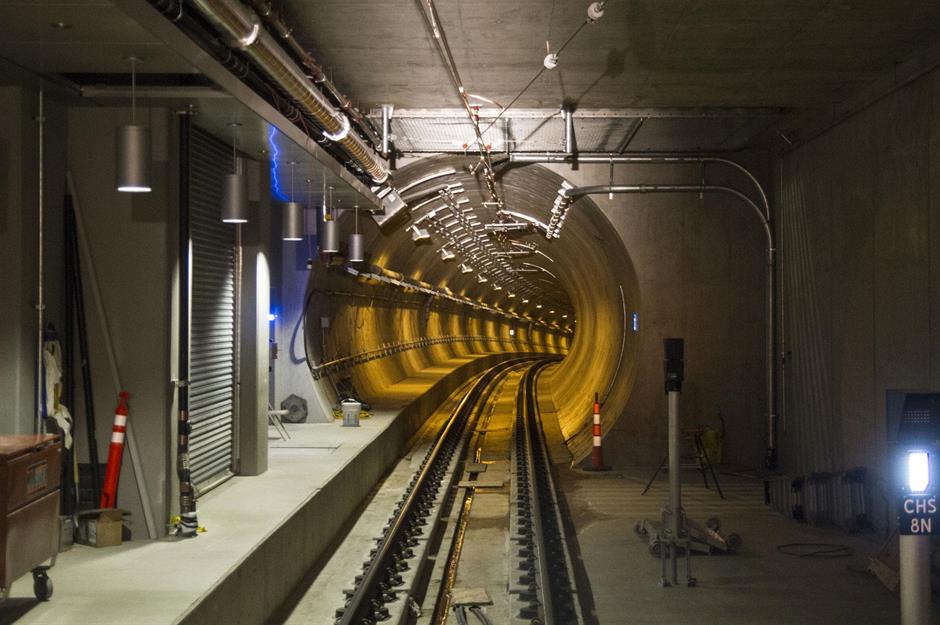
This 3.1mi (5km) extension to Sound Transit's light rail system created connections between Seattle's Capitol Hill and the University of Washington to the city's downtown. Rare for a megaproject, especially one with significant underground construction, it opened six months earlier than scheduled, in March 2016, and came in $150 million (£123m) under the original $1.8 billion (£1.48bn) budget. In today's dollars that's $2.04 billion (£1.67bn).
Gemini Offshore Wind Park, North Sea, Netherlands: $3.3 billion (£2.7bn)
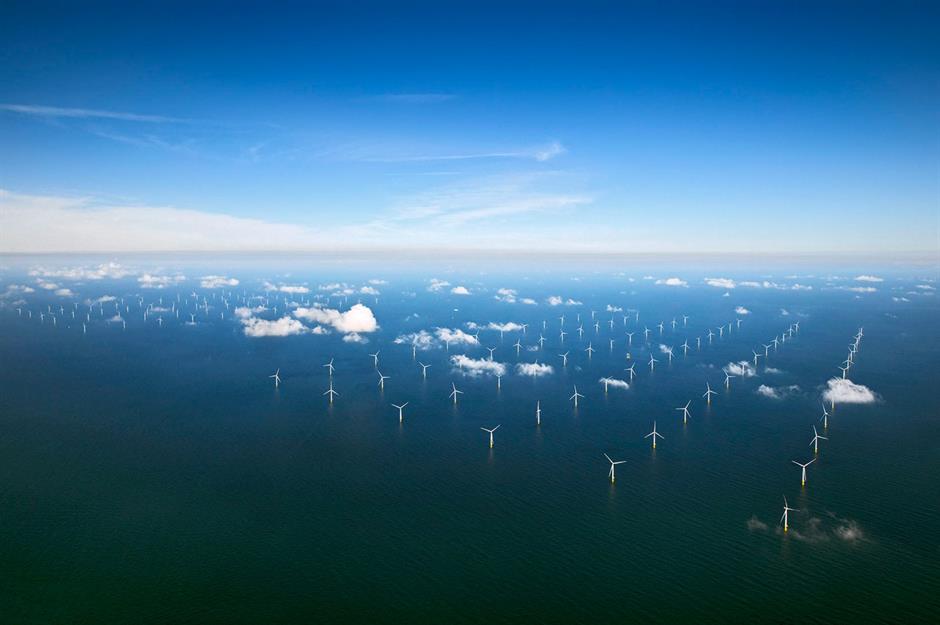
Helping the Netherlands to achieve its renewable energy targets, the Gemini Wind Park produces energy to power 800,000 households. Located 53 miles (85km) from the shore in the North Sea, this project is far from visible to the naked eye. Construction began on the wind farm in 2014 and by December 2016 all of its 150 turbines were producing power. It came with a sizeable €2.8 billion ($3.1bn/£2.4bn) price tag, which was even under budget. In today's money that's €3.25 ($3.3bn/£2.7bn).
State Route 99 (SR 99) Tunnel, US, at least $3.4 billion (£2.6bn)
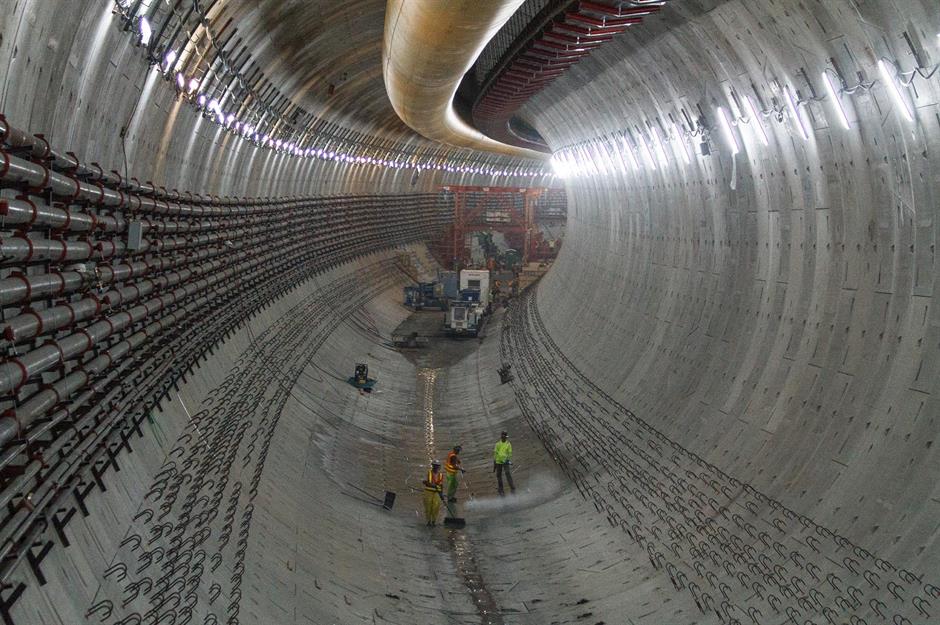
This large double-decked highway tunnel provides a direct route below downtown Seattle's waterfront. The megaproject is also known as the Alaskan Way Viaduct replacement tunnel as it was built to replace the elevated freeway after an earthquake in 2001 caused damage to the structure. While emergency repairs kept the viaduct standing, it was predicted that another earthquake in the next decade could bring it down. Officials decided not to replace like-for-like, and construction on a two-mile tunnel started in 2012; it opened in 2019. The project was initially budgeted at $3.3 billion (£2.5bn) but there were at least $149 million (£114m) in extra costs tied up in court. Most recently a judge upheld a previous ruling that the state of Washington won’t need to cover $300 million of cost overruns. The contractor could still appeal to the state's Supreme Court though.
Delhi Metro Phase I, India, $3.64 billion (£2.98bn)

The construction of the first phase of Delhi's new rapid transit system managed the impossible, coming in ahead of time and allowing the authorities to recover the build costs in just five years. In fact, it has been described by experts as "miraculous." The 40mi (65km) of mainly underground track finished in 2005, nearly three years ahead of schedule. And the final construction cost a steal at $2.4 billion, about $3.64 billion (£2.98bn) in today's money. The icing on the cake came in 2011 when the capital's metro rail authority recovered all its costs, two years earlier than expected.
Thames Tideway Tunnel, UK: $5.19 billion (£4.3bn)
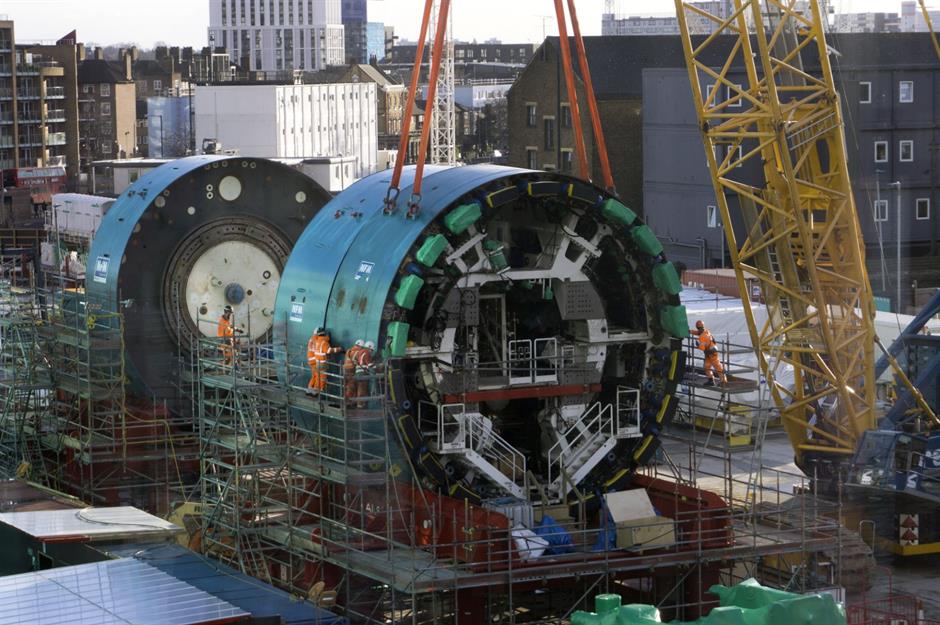
While its official name is the Thames Tideway Tunnel, this megaproject has been informally coined the “Super Sewer.” That’s right – when finished, the 15.5-mile (25km) tunnel will have the mucky job of cleaning up London’s River Thames, covering a section between Beckton in the east and Acton in the West. The project, started in 2016, is expected to cost at least $5.19 billion (£4.3bn) and it’s due to be finished by 2024. Pictured are Millicent and Ursula, two of the boring machines being used to drill the tunnel.
Hornsea One Offshore Wind Farm, UK: $5.2 billion (£4.3bn)
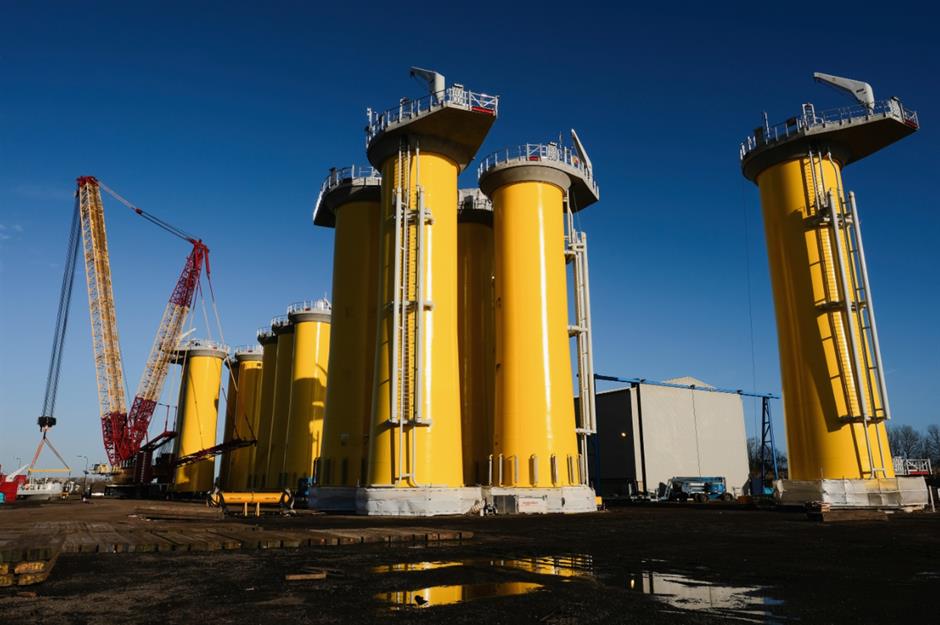
Sat 75 miles (120km) off the coast of Yorkshire in the UK, is the world’s largest offshore windfarm. Completed in 2019, Hornsea One has 174 wind turbines with a combined capacity of 1.2GW – enough to power more than 1 million homes. Just this one 157 square-mile (401 square km) farm came with a $5.2 billion (£4.3bn) price tag, while construction is underway for the even bigger farm, Hornsea Two, at an estimated $3.05 billion (£2.5bn) in 2021. There are also Hornsea Three and Four windfarms currently under development.
Marmaray Tunnel, Turkey: $5.7 billion (£4.7bn)
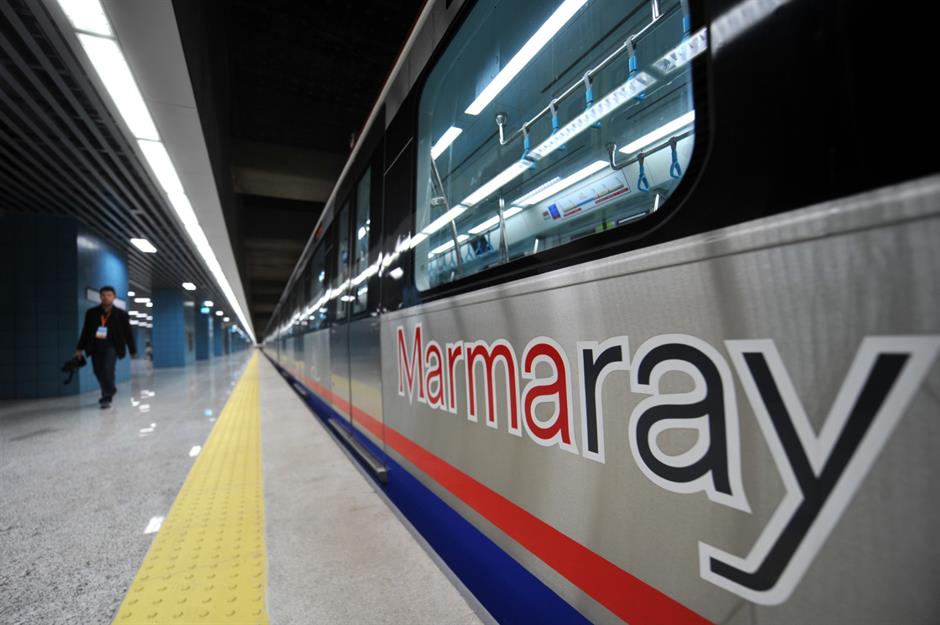
As of 2013, the Marmaray Tunnel has served as the first physical rail link between Europe and Asia. Stretching for 47.4 miles (76.3km) across both continents this surface level and underground rail link connects through an immersed tube tunnel in the Bosphorus Strait. At the time worth $4.5 billion (£3.4bn), today that's $5.7 billion (£4.7bn), the tunnel took nine years to build, but the idea was more than a century in the making. In 1860, Ottoman Sultan Abdulmejid was thought to have been the first to suggest creating an underwater crossing between the two continents.
Large Hadron Collider, Switzerland: $6.54 billion (£5.42bn)
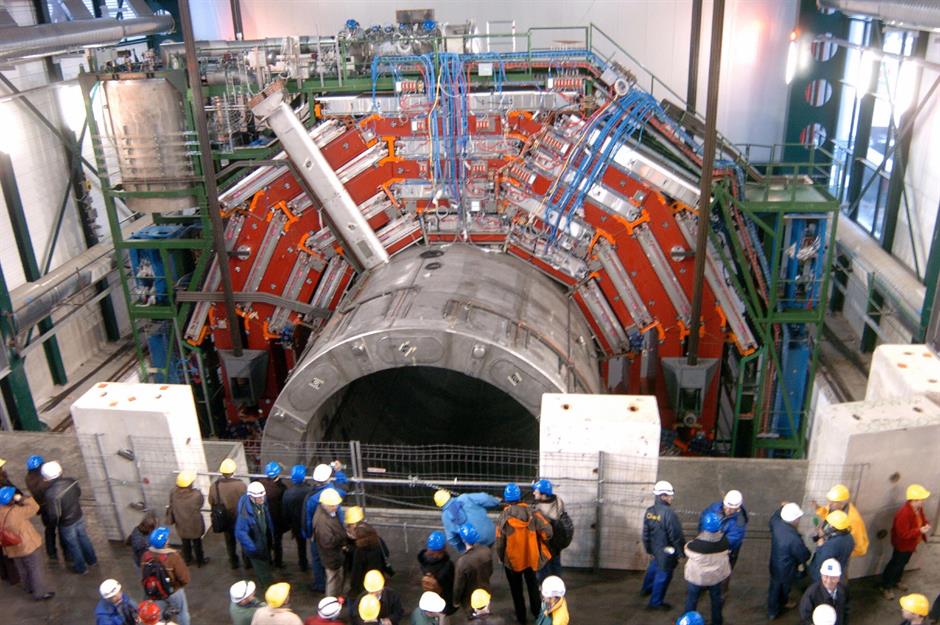
Allowing for particles to be accelerated to extremely high energies, the $4.75 billion (£3.6bn) megaproject located at the European Organisation for Nuclear Research (CERN) is hidden from view yet has been the site of a major scientific breakthrough. The Hadron Collider hit headlines in 2012 when it allowed researchers to discover the Higgs boson, a mysterious particle that was written about almost 50 years prior in a paper by British physicist Peter Higgs. Finished in 2008 the cost to construct the Large Hadron Collider in today's dollars is $6.54 billion (£5.42bn).
Second Avenue Subway Phase 2, US: $6.9 billion (£5.7bn)

Tunnel construction and metro networks are notoriously expensive, but the Second Avenue Subway in New York is giving other projects a run for their money. The project saw its first of four phases cost $2.7 billion per mile, but the next 1.5-mile (2.4km) stretch of subway between 96th and 125th streets tops the charts. While only in the planning stages, the most revised budget is $6.9 billion. President Joe Biden has signalled support for moving forward with the next phase of this megaproject, however federal and local agencies still haven't agreed on how to split the funding.
James Webb Space Telescope: $10 billion (£8.3bn)
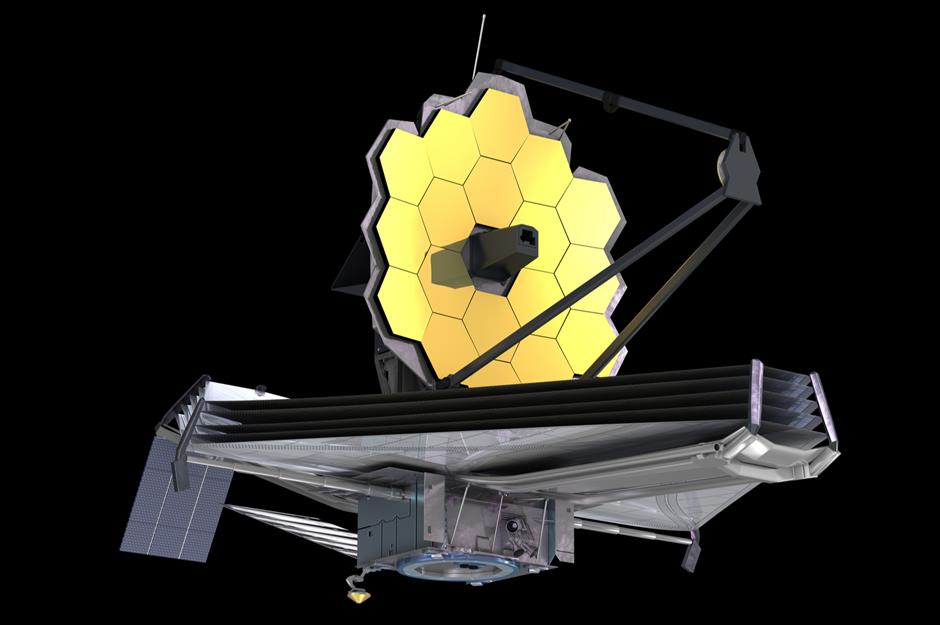
NASA’s James Webb Space Telescope (JWST) has revealed galaxies far, far away. But building something as large and complex as an infrared telescope hasn't been straightforward. The price skyrocketed over 20 years, coming in at 10 times over the original budget for a total of $10 billion (£8.3bn). The original estimates ranged from $1 to $3.5 billion (£764m to £1bn) in 1996. Alongside this, delays plagued the project, with the expected launch date continually looming well beyond the initial plans for 2007, to its actual departure on Christmas Day 2021.
Panama Canal, Panama, $11 billion (£9.1bn)
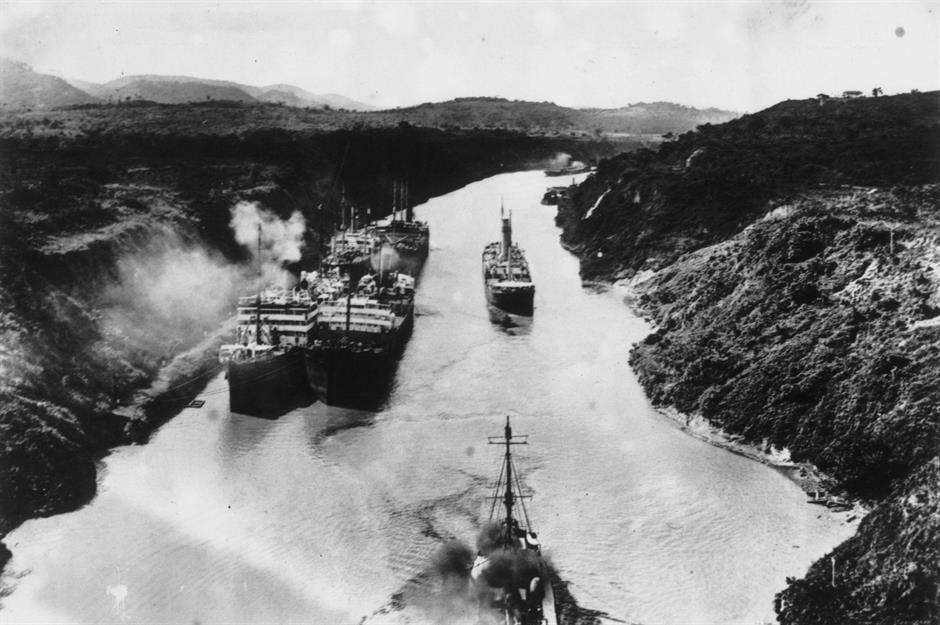
While it's not exactly hidden from view, many forget that the body of water that makes up the Panama Canal is artificially formed. Connecting the Atlantic and Pacific, the American government constructed the 50 mile (82km) canal to enhance trade routes. It was actually France that started excavation work around 1880, and later America took over the project in 1904. Construction finished on this engineering feat a decade later and a year earlier than planned. Total costs eventually reached roughly $375 million, which was around $23 million under budget. That's the equivalent of $11 billion (£9.1bn) today, when adjusted for inflation.
From 2009 to 2016 expansion work on the Panama Canal created a third lane capable of accommodating newer, larger container ships. This came with a hefty $5.25 billion (£4.35bn) price tag, just about half the cost of the original canal.
Toei Oedo subway line, Japan: $12 billion (£10 bn)
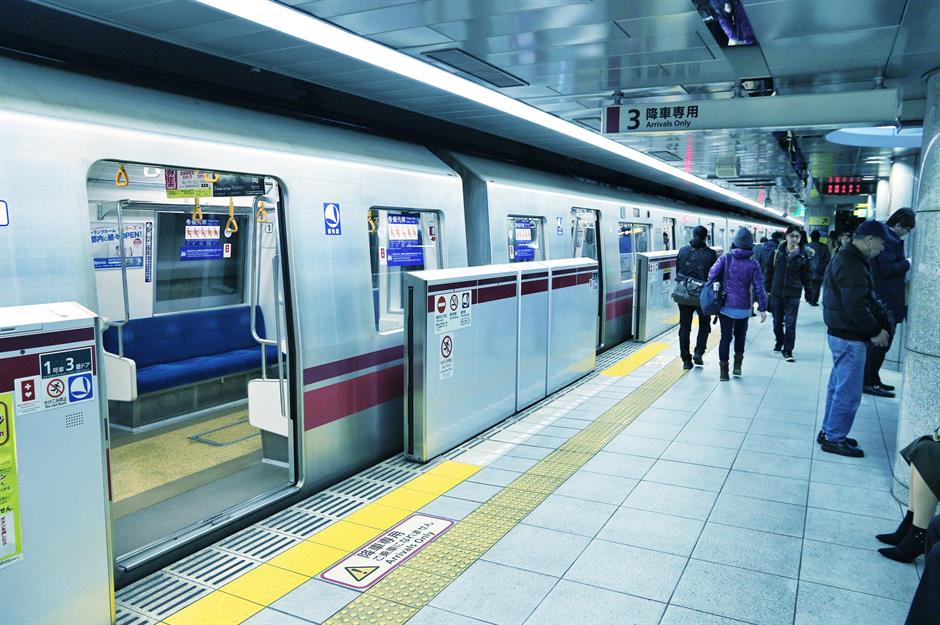
Moving back to earth – but still out of sight – the Toei Oedo subway line in Tokyo is the longest subway line in Japan at 27 miles (43.6km), all of which is underground. Construction began on the megaproject in 1986 and it was completed in 2000, costing 1.3 trillion Japanese Yen at the time of completion ($12bn/£10bn). Given that inflation on the Japanese Yen has been low over the last 20 years, it would cost a similar amount today. The subway line loops around Tokyo connecting 38 stations.
Channel Tunnel, UK/France: $12.4 billion (£10.3bn)
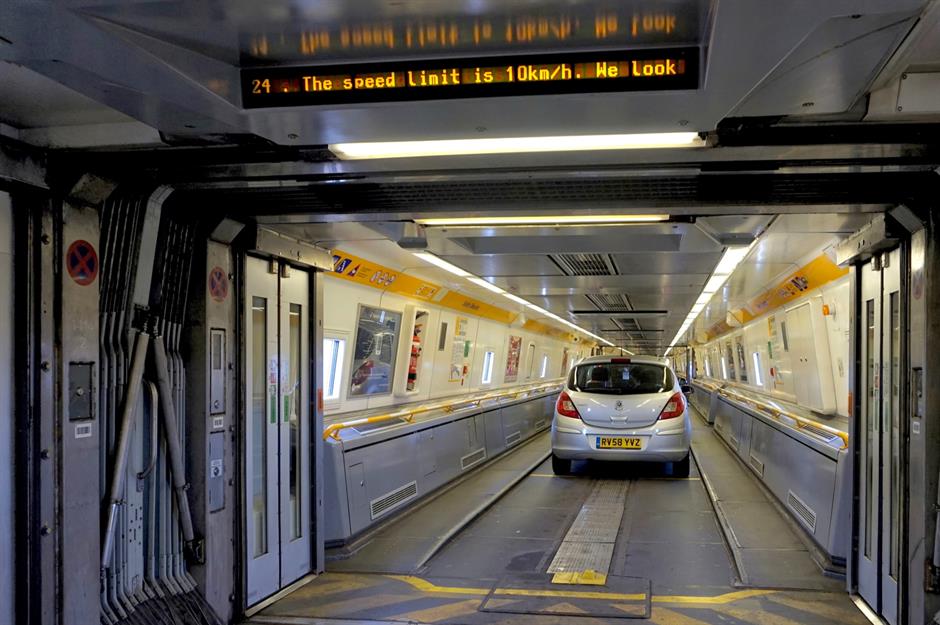
The Channel Tunnel, named after the English Channel, under which it runs, is a 31 mile (50km) long passage between Folkestone in Kent, England and Coquelles (Pas-de-Calais), France. Built between 1987 and 1994, it actually consists of three tunnels: two for rail traffic and one for services. In total, the undersea megaproject cost £4.65 billion at the time of completion, which amounts to $12.4 billion (£10.3bn) in today’s money.
Gotthard Base Tunnel, Swiss Alps: $15 billion (£12.5bn)
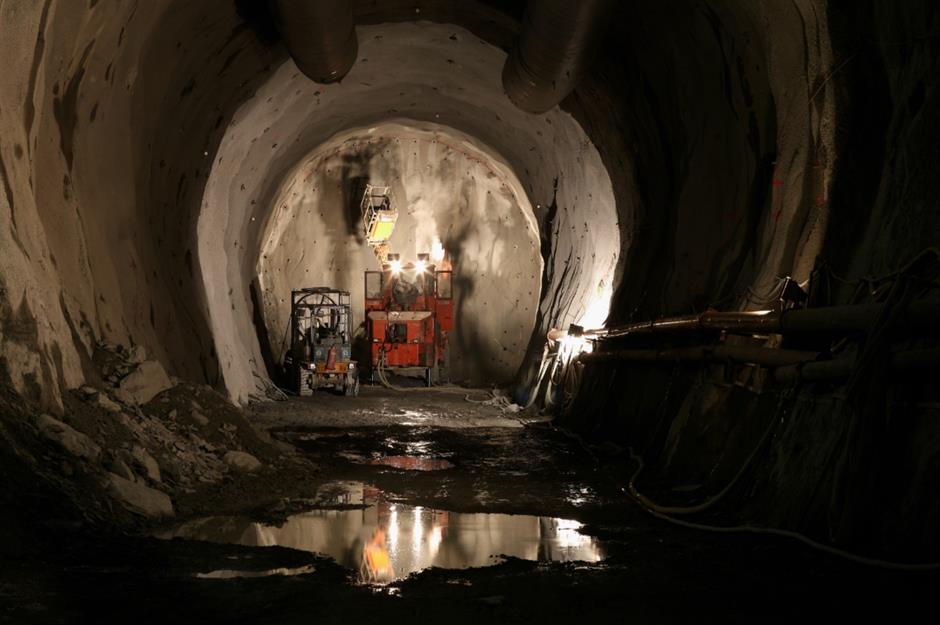
Mountains present a common obstacle to infrastructural development, and in some cases, there’s no other option but to tunnel through them. Such was the case for the Gotthard Base Tunnel, located in the Swiss alps between Erstfeld in the north and Bodio in the south. At 35 miles (57km) long, it’s the world’s longest and deepest rail tunnel and provides an essential transport route between northern and southern Europe. It didn’t come cheap, though, costing 12.2 billion francs ($12bn/£10bn) at the time of completion in 2016. In today's dollars that's closer to $15 billion (£12.5bn).
Hubble Space Telescope: $16 billion (£13bn)

Before the James Webb Space Telescope came the Hubble, a space telescope that entered into low orbit around the earth in 1990 and has cost an estimated $16 billion (£13bn) in total as of 2021. The NASA project was proposed to be launched in 1983, yet it faced obstacles including funding issues and the tragic breakdown of the Challenger space shuttle in 1986. Now operational for 20 years, the Hubble has been essential to several scientific discoveries, including determining the age of the universe.
Read more about the Hubble Space Telescope and other late global megaprojects that blew the budget
London Crossrail, UK: More than $23 billion (£19bn)
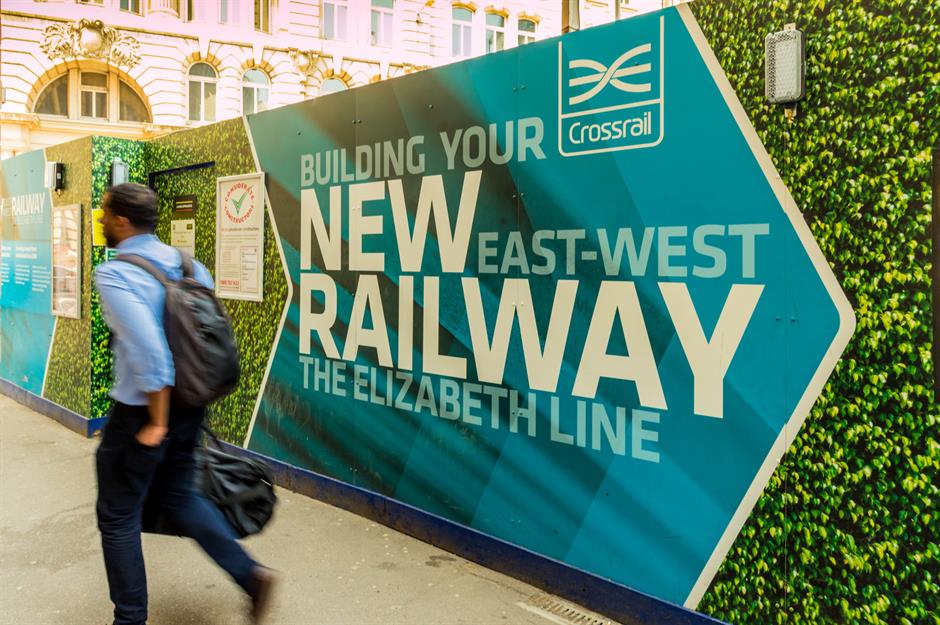
This extension to the London Underground and commuter rail network might be largely obscured from view, but it’s been all over the news for its high cost and delays. Creating a connection between Reading and Heathrow in the west and Shenfield in the east, the line’s central section opened in 2022 – four years later than planned – while the full service won’t commence for another. The UK's National Audit Office estimates the final cost will be nearly $23 billion (£19bn), considerably higher than the original budget of $18 billion (£14.8bn) in 2010.
Trans-Alaska Pipeline system, US: $39 billion (£32bn)

Weaving through the rugged wilderness of western Alaska, the Trans-Alaska Pipeline is an 800-mile (1,290km) long system that stretches from Prudhoe Bay in the north to the harbour of Valdez in the south. It was built between 1974 and 1977, following the discovery of oil on Alaska’ North Slope in 1968. The build cost $8 billion at the time, which is equivalent to $39 billion (£32bn) today. The mammoth pipeline carries an average of 1.8 million barrels of oil per day.
Chuo Shinkansen, Japan: $50.3 billion (£38.5bn)
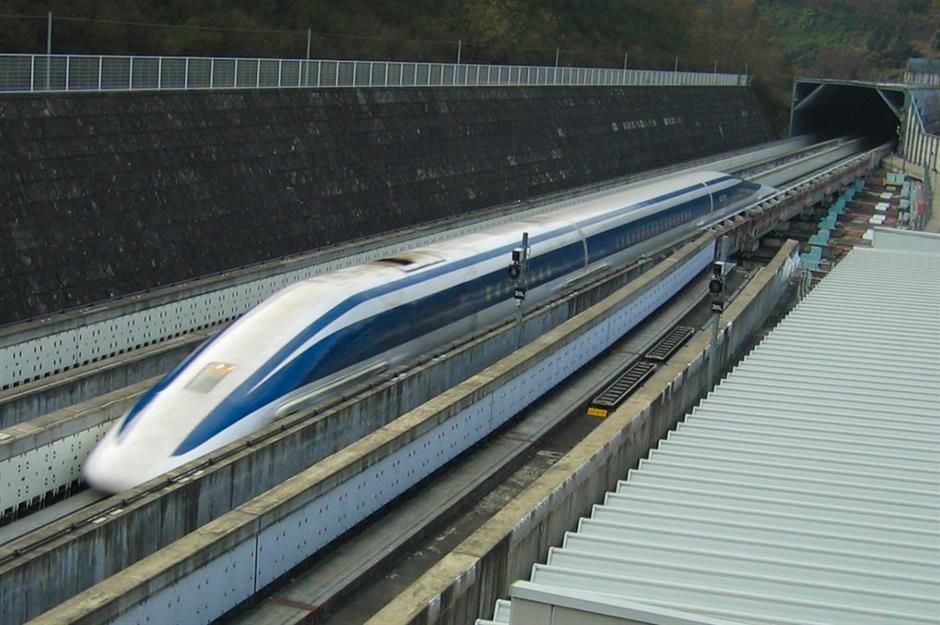
Japan is famous for its ultra-fast “bullet trains” and the latest addition is set to be the Chuo Shinkansen bullet train between Tokyo and Nagoya. The first 178-mile (286km) long phase of the line will transport passengers between the two cities in a mere 40 minutes, at a speed of 310 miles (500km) per hour, which will make it the fastest rail line in the world when it opens in 2027. The second phase will link the line to Osaka, adding another 95 miles (153km). It won’t come cheap, though, with cost estimates for phase one jumping to 7 trillion Japanese Yen in 2021, the equivalent of $52 billion (£43bn).
Now read about abandoned underground megaprojects
Kashagan Offshore Oil Field, Kazakhstan: $70 billion (£58bn)

Located in the northern Caspian Sea in Kazakhstan is the Kashagan Oil Field, which is considered the biggest discovery of oil in the planet in the past 30 years. It was found in 2000 and is estimated to have between nine and 13 billion barrels of recoverable oil residing beneath the surface. Construction finished and the field went online in 2013 after developers spent an estimated $55 billion (£42.1bn) dollars, a whopping $70 billion (£58bn) today. However, production shortly stopped due to technical problems and only restarted in 2016.
In 2021 Kazakhstan’s prime minister announced an expansion programme for the oil field to build a gas processing plant on site, which is expected to run about $860 million (£721m).
International Space Station: $100-$150 billion (£82-124bn)

The location for one of the world’s most expensive megaprojects? Around 250 miles (400km) from earth, orbiting in outer space. The International Space Station (ISS) is often quoted as the most expensive single item ever built, coming in somewhere between $100-$150 billion (£82-124bn) according to different estimates. It was built between 1998 and 2011 and currently orbits the earth every 90 minutes, at a speed of 17,500 miles per hour (28,164km per hour).
NASA announced this year it plans to keep the station running through 2030 and will then deorbit the ISS by crashing it into the Pacific Ocean.
Hanford Nuclear Waste Site, US: $300 to $640 billion (£249-530bn)

One of the least visible and most expensive megaprojects on earth is basically an extensive clean-up effort at an abandoned 580-square-mile (1,500 square km) nuclear waste site. Hanford Nuclear Waste Site, located in the desert in Washington state, is the most polluted area in the US. In 1943 residents were given 30 days to leave their homes to allow the secret project to begin on the site. In their place 51,000 workers arrived and unwittingly started work on developing the atomic bomb that was dropped on Nagasaki, Japan, in the Second World War. This led to 56 million gallons of radioactive waste being buried underground at the site. The US government estimates that clean up will be completed by 2078, and by then the price tag for this megaproject will have totalled between $300 to $640 billion (£249-530bn).
Now read about the megaprojects that changed America forever
Comments
Do you want to comment on this article? You need to be signed in for this feature